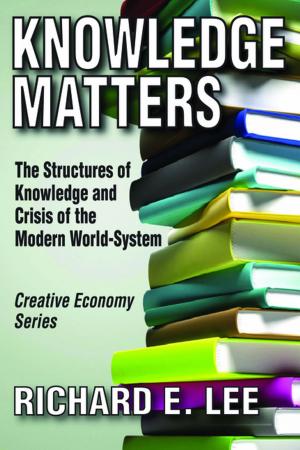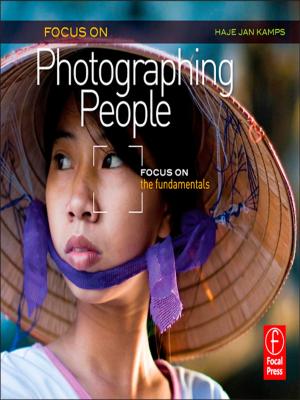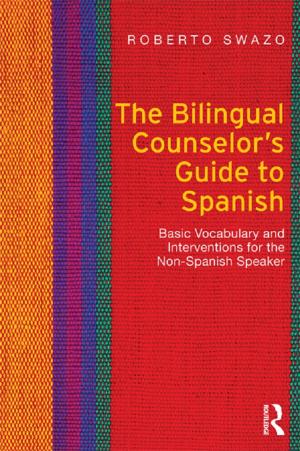Re-Designing Learning Contexts
Technology-Rich, Learner-Centred Ecologies
Nonfiction, Reference & Language, Education & Teaching, Educational Theory, Educational Reform, Philosophy & Social Aspects| Author: | Rosemary Luckin | ISBN: | 9781136992773 |
| Publisher: | Taylor and Francis | Publication: | April 12, 2010 |
| Imprint: | Routledge | Language: | English |
| Author: | Rosemary Luckin |
| ISBN: | 9781136992773 |
| Publisher: | Taylor and Francis |
| Publication: | April 12, 2010 |
| Imprint: | Routledge |
| Language: | English |
What do we mean by the word ‘context’ in education and how does our context influence the way that we learn?
What role can technology play in enhancing learning and what is the future of technology within learning?
Re-Designing Learning Contexts seeks to re-dress the lack of attention that has traditionally been paid to a learner’s wider context and proposes a model to help educators and technologists develop more productive learning contexts. It defines context as the interactions between the learner and a set of inter-related resource elements that are not tied to a physical or virtual location. Context is something that belongs to an individual and that is created through their interactions in the world.
Based on original, empirical research, the book considers the intersection between learning, context and technology, and explores:
- the meaning of the concept of context and it’s relationship to learning
- the ways in which different types of technology can scaffold learning in context
- the Learner-Centric ‘Ecology of Resources’ model of context as a framework for designing technology-rich learning environments
- the importance of matching available resources to each learner’s particular needs
- the ways in which the learner’s environment and the technologies available might change over the coming years
- the potential impact of recent technological developments within computer science and artificial intelligence.
This interdisciplinary study draws on a range of disciplines, including geography, anthropology, psychology, education and computing, to investigate the dynamics and potential of teacher-learner interaction within a learning continuum, and across a variety of locations. It will be of interest to those teaching, researching and thinking about the use of technology in learning and pedagogy, as well as those involved in developing technology for education and those who use it in their own teaching.
For practical examples of the way the Ecology of Resources framework has been used visit: http://eorframework.pbworks.com.
What do we mean by the word ‘context’ in education and how does our context influence the way that we learn?
What role can technology play in enhancing learning and what is the future of technology within learning?
Re-Designing Learning Contexts seeks to re-dress the lack of attention that has traditionally been paid to a learner’s wider context and proposes a model to help educators and technologists develop more productive learning contexts. It defines context as the interactions between the learner and a set of inter-related resource elements that are not tied to a physical or virtual location. Context is something that belongs to an individual and that is created through their interactions in the world.
Based on original, empirical research, the book considers the intersection between learning, context and technology, and explores:
- the meaning of the concept of context and it’s relationship to learning
- the ways in which different types of technology can scaffold learning in context
- the Learner-Centric ‘Ecology of Resources’ model of context as a framework for designing technology-rich learning environments
- the importance of matching available resources to each learner’s particular needs
- the ways in which the learner’s environment and the technologies available might change over the coming years
- the potential impact of recent technological developments within computer science and artificial intelligence.
This interdisciplinary study draws on a range of disciplines, including geography, anthropology, psychology, education and computing, to investigate the dynamics and potential of teacher-learner interaction within a learning continuum, and across a variety of locations. It will be of interest to those teaching, researching and thinking about the use of technology in learning and pedagogy, as well as those involved in developing technology for education and those who use it in their own teaching.
For practical examples of the way the Ecology of Resources framework has been used visit: http://eorframework.pbworks.com.















